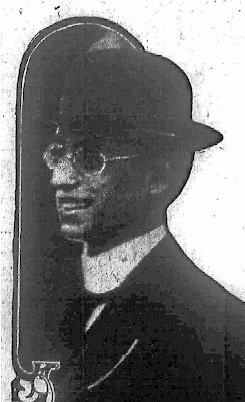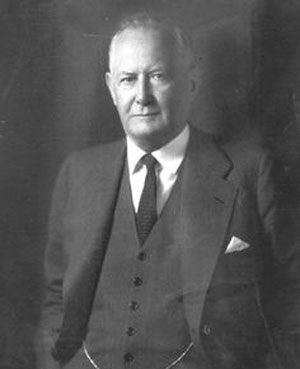From the media:
The Old State Prison Building at the Georgia State Prison Farm, built in 1911 in Milledgeville, GA and briefly the home of Leo Frank in 1915 before his kidnapping and subsequent lynching by an angry mob, was torn down starting late July. After not being used for several decades, and facing a $5 million bill just to stabilize the building for preservation, Baldwin County officials decided to tear down the building.
The twist to this story is that the county was not required to hold public hearings on the demolition, since the county was able to secure a contractor to tear down the building for free, except that the contractor got to keep the bricks from the building. As the county did not have to spend funds in the process, a hearing was not needed. Even a spot on the National Register of Historic Places was not enough to save the century-old building.
Links:
https://www.13wmaz.com/article/news/local/georgia-state-farm-prison-demolished/93-578181265





















